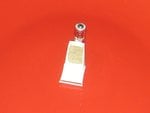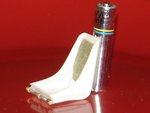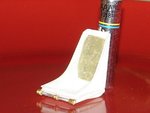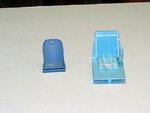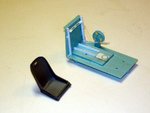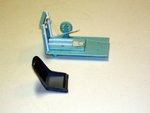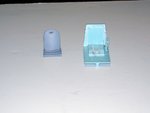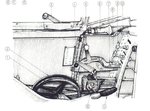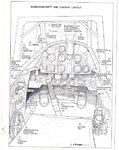- Thread starter
- #21
Well thank you guys .Now thats what I mean about artist pics.The first seat with the Japanese writing is more realistic to the pics while the 2nd one(my example) shows that taper and the shape is wrong.The seat is scalloped in the back with a pocket for the bottom like the pics and that 1st drawing.Thanks for the info on the lines and Terry the IP did not remind me of a G but might need to look again.Oh yea no dog gone Revi c/12 gunsight not hard to build made one for the G6 out of 11 pieces just a bit time consuming.Glenn that kinda crossed my mind  38D's sre for the bedroom.
38D's sre for the bedroom.

